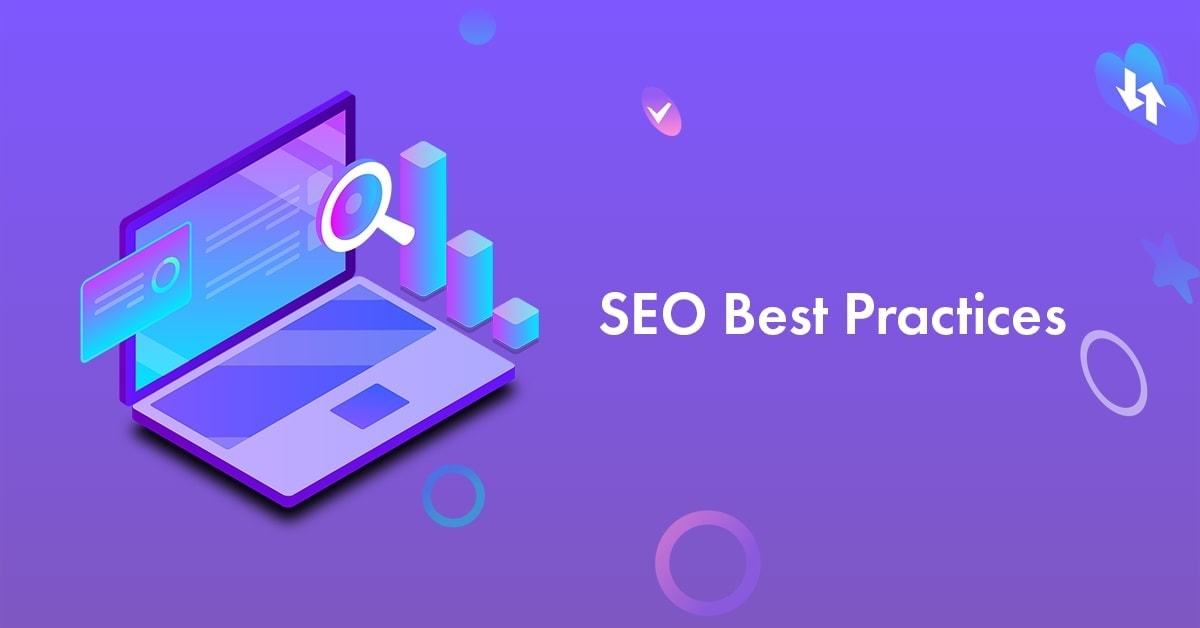
With search engine algorithms continuously evolving and becoming increasingly sophisticated, staying up-to-date on the latest changes that could impact your website’s ranking is essential. According to experts in the field of digital marketing, certain core elements of SEO have remained constant over time and need to be addressed no matter when you optimize your site.
SEO Best Practices for 2023
This article will discuss some necessary steps for optimizing websites for modern search engine standards to rank competitively in the ever-changing landscape of online business.
Understanding the Basics of SEO
Before we jump into the nitty-gritty, let’s quickly go over the fundamental concepts of SEO. At its core, it is the practice of optimizing your website to improve its visibility on search engines, ultimately driving more organic (non-paid) traffic to your site.
By understanding how search engines work and tailoring your content to meet their criteria, you can climb the ranks and enjoy a surge in traffic and, eventually, conversions.
Building Backlinks
Backlinks are a critical component of SEO, as they signal to search engines that your content is trustworthy and valuable. The more high-quality backlinks you acquire, the better your chances of ranking higher in search results. However, not all backlinks are created equal. Therefore, focus on earning links from authoritative, relevant websites to maximize your SEO benefits.
To attract high-quality backlinks, create exceptional, share-worthy content that other websites will want to link to. Reach out to industry influencers, participate in guest blogging opportunities, and collaborate with other content creators to expand your reach and gain valuable backlinks. You can also consider working with a professional SEO and digital marketing agency, like keystaragency, to help you with your link-building efforts. Additionally, leverage your social media presence to promote your content, increase its visibility, and attract more potential backlinks.
Keyword Research and Optimization
Keywords are the backbone of your SEO strategy. Users type these words and phrases into search engines when looking for content like yours. To effectively optimize your website, you need to identify the most relevant keywords for your niche and incorporate them strategically into your content. Begin by brainstorming a list of topics related to your industry and use keyword research tools to find high-volume, low-competition keywords likely to drive traffic to your site.
Once you target keywords, weave them seamlessly into your content. Focus on placing keywords in high-impact areas such as the title tag, meta description, headers, and throughout the body of your content. However, be cautious not to overdo it. Keyword stuffing can backfire and result in penalties from search engines. The key is to strike a balance between using keywords effectively and maintaining natural, engaging content for your readers.
Quality Content Creation
The old adage “Content is king” still holds true in 2023. Your primary goal should be to produce high-quality, unique, and valuable content that engages your readers and keeps them coming back for more. To achieve this, focus on addressing your target audience’s pain points and needs. Use anecdotes, case studies, descriptions, and relevant statistics to support your claims and create a strong narrative.
As you create your content, consider incorporating storytelling elements to make it more engaging and relatable. People love stories. They connect with them, remember them, and share them. The more readers connect with your content, the more likely they are to share it, boosting your SEO efforts in the process.
On-Page SEO Techniques
On-page SEO refers to the optimization of individual pages on your website, including the content and HTML source code. Crafting compelling, keyword-rich titles and meta descriptions that accurately represent your content and entice users to click through from search engine results pages. Also, optimize your URLs by making them descriptive, short, and easy to read. Including relevant keywords in your URLs can also help improve your SEO performance.
Additionally, headers are crucial in organizing your content and making it easily digestible for readers and search engines. Use H1 tags for your main title, and then use H2, H3, and so on for subheadings to create a clear hierarchy of information. Incorporating your target keywords into headers can also boost your on-page SEO. However, always prioritize readability and user experience over keyword placement.
Mobile-Friendly Design
As more people access the internet through their smartphones, search engines like Google have shifted their focus to mobile-first indexing. This means that Google primarily uses the mobile version of your site’s content for indexing and ranking. If your site isn’t mobile-friendly, you risk losing visibility and traffic. To ensure your website is ready for 2023, prioritize a responsive design that adapts seamlessly to various screen sizes and devices.
However, a responsive design is just the beginning. To truly optimize your site for mobile users, consider touch-friendly navigation, easy-to-read fonts, and fast-loading images. Ensuring your site loads quickly and provides a smooth user experience can make all the difference in retaining and converting visitors.
Site Speed and Performance

Site speed has a direct impact on user experience and is a crucial ranking factor for search engines. Slow-loading pages can lead to high bounce rates, as users are likely to leave your site if they have to wait too long. In turn, search engines may interpret this as a sign that your content is not valuable or relevant, which can hurt your rankings.
To enhance your site’s performance and load times, start by compressing images and using a content delivery network (CDN) to reduce server response times. Minify CSS, JavaScript, and HTML files to remove unnecessary characters and whitespace and enable browser caching to help repeat visitors enjoy faster load times. Regularly monitor your site’s performance and address any issues that may arise.
Internal and External Linking
Internal links connect your content and help search engines understand your site’s structure. They also improve user experience by guiding visitors to related content and encouraging them to explore your site further. To optimize your internal linking strategy, focus on creating links that are relevant, descriptive, and add value to your readers.
In contrast, external linking involves linking to other websites and resources within your content. These links can enhance the credibility and depth of your content, providing readers with additional information and context. When incorporating external links, prioritize high-quality, authoritative sources that support your claims and add value to your content. Additionally, use descriptive anchor text to give users and search engines a clear idea of the linked content’s topic.
Measuring SEO Success
At the end of the day, tracking your SEO progress is crucial to ensuring success. Monitor key performance indicators (KPIs) like organic traffic, keyword rankings, bounce rate, time on page, and conversion rate to evaluate your strategies and identify areas for improvement.
Utilize analytics tools like Google Analytics, Google Search Console, and SEMrush for valuable insights into your website’s performance, and regularly review this data to refine and enhance your SEO tactics.
Conclusion
Success in the ever-changing world of SEO requires continuous learning, adaptation, and commitment. By implementing these practices and monitoring your progress, you can improve your website’s search engine rankings and drive valuable organic traffic. Keep refining your strategies, stay informed about the latest trends, and witness your website reach new heights in the digital landscape!
Read More: Top Guest Posting Trends of 2023





